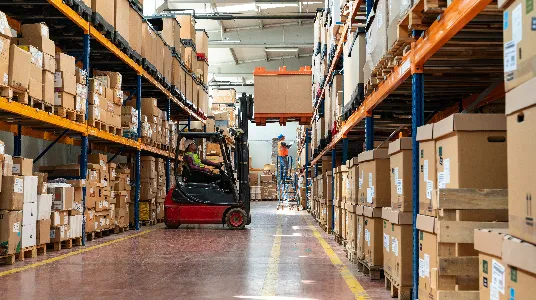Situation
A leading home improvement retailer faced challenges managing inventory across 30 million store-SKU combinations. Flawed demand planning and an outdated inventory system led to:
- Rising lost sales due to stockouts.
- Escalating holding costs from excess inventory.
- Legacy systems based on unsuitable assumptions compounded inefficiencies, especially for slow-moving items tailored to diverse customer needs.
Challenge
Key inefficiencies emerged from the retailer’s complex demand patterns:
- Seasonality Variations: Product categories showed significant demand shifts by season.
- Customer Segments: Distinct behaviors between regular shoppers and bulk-buying contractors influenced demand.
- Supplier Variability: Erratic lead times disrupted stock consistency.
- Temporal Demand Changes: Weekday and weekend shopping patterns further complicated planning.
Approach
Mu Sigma partnered with the client to overhaul inventory management using first principles thinking and advanced simulation:
- Insights Discovery: Mapped demand-supply patterns to identify inefficiencies.
- Simulation Modeling: Designed discrete event simulation models to refine safety stock and re-order policies, validated through an order simulator.
- System Integration: Built an inventory algorithm compatible with existing IT systems, ensuring scalability to over 30 million store-SKU combinations.
- Pilot Testing: Implemented the solution in select stores, refining policies based on real-world performance.
Impact
- $40M reduction in inventory, freeing up capital for strategic investments.
- 50% reduction in manual inventory management, enhancing operational efficiency.
- 3% increase in sales by reducing stockouts.
Business Impact
-
$40M
reduction in inventory
-
50%
reduction in manual inventory management
Let’s move from data to decisions together. Talk to us.

The firm's name is derived from the statistical terms "Mu" and "Sigma," which symbolize a
probability distribution's mean and standard deviation, respectively.


